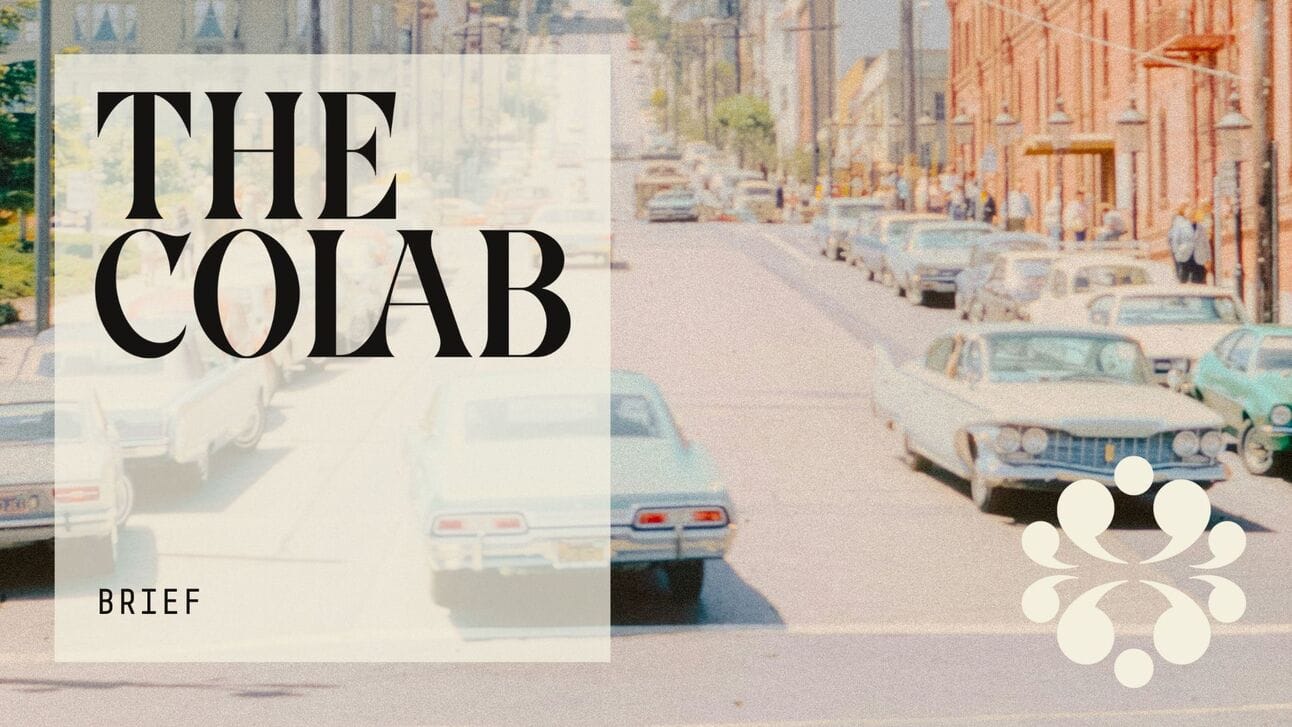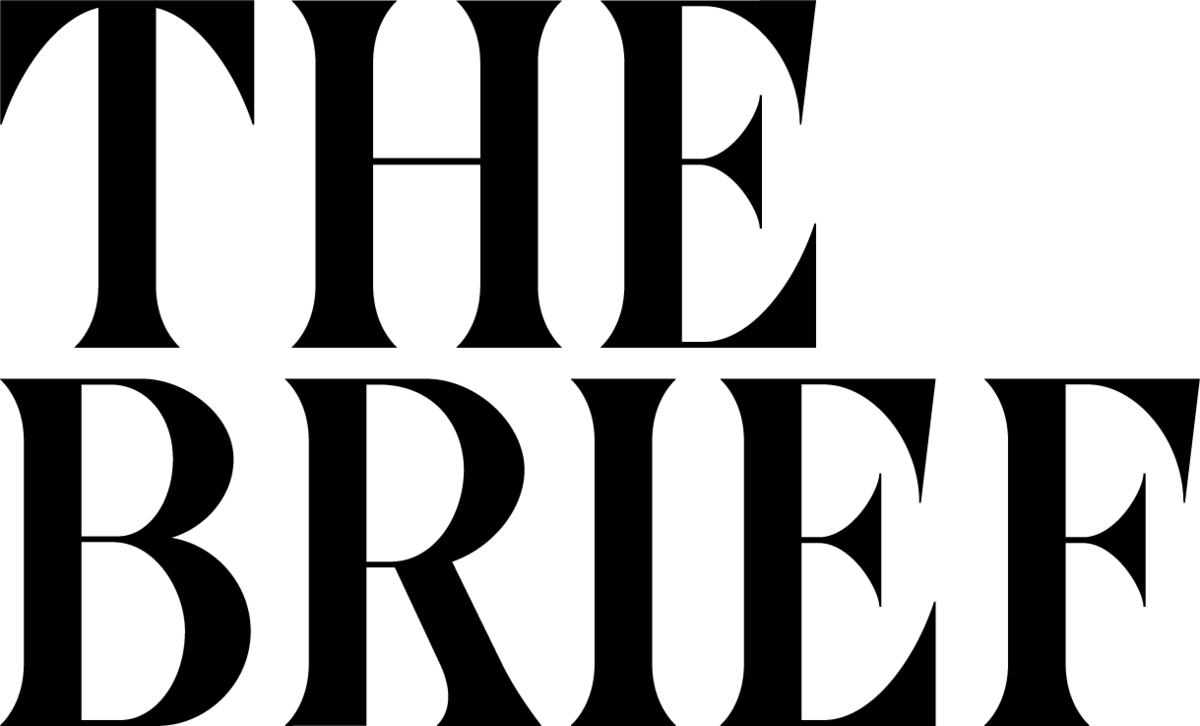17,571 founders and comms leaders start their weekend with The Colab Brief.
Join them to get weekly analysis of PR trends and non-traditional media moves.

Let’s talk about how Delta responded when their plane flipped over on a runway.
The company followed a classic crisis comms playbook: CEO issued a statement and made an appearance on CBS Morning News, compensation was offered to passengers, and updates were posted on Delta’s news hub. They hit all the traditional crisis talking points (sometimes referred to as the 5 C’s of Crisis Comms):
Clarity: "We're aware of the incident. This is what happened"
Commitment: "Safety remains our highest priority"
Competency: "Our experienced team is conducting a thorough investigation"
Concern: "Our thoughts and prayers are with the passengers"
Confidence: "We have the situation under control"
Of course, legal constraints limit what Delta can say. But with aviation incidents in the headlines, and passenger anxiety at an all-time high, corporate statements and news hubs feel so flat. Delta is doing an ok job of managing the specific incident, but they’re missing an opportunity to own and shift a larger narrative about aviation safety and Delta’s place as a leader in the industry.
The best responses we've seen lately aren't just managing a crisis - they're turning it into an opportunity to demonstrate leadership, build trust, and tell a story. They're following a new playbook. Let's call them the 5 P's...
The 5 P’s of Crisis Comms
Never let a good crisis go to waste - Winston Churchill
Pace: Don’t let others control the narrative. Move fast and set the tempo.
Real example: When the I-95 bridge collapsed in Philadelphia, Governor Shapiro quickly announced a 12-day timeline and turned reconstruction into a citywide event featuring Philly sports mascots and food chains. With 24/7 livestreams and daily updates, a collapsed bridge became a political win.
How Delta could have done it: Watch Delta’s CEO on CBS Morning News. Gayle King has to repeatedly ask him things like, “Should passengers feel scared?” and “Should FAA hiring changes worry us?” Getting ahead of that message goes a long way towards telling a safety story and building trust.
Presence: Put a human face on your response. Make leaders visible and accessible.
Real example: During COVID-19, Dr. Fauci became the face of America's pandemic response. Love or hate his response, the public knew exactly who was in charge through his constant presence at briefings.
How Delta could have done it: Delta's CEO made a brief TV appearance, but otherwise made the corporation the face of their response. In today's video-first world, having your leaders visible and engaged builds more trust than corporate statements ever will.
Platforms: Meet your audience where they are.
Real example: During their 2022 service outage, Slack had technical details updated on their status page every 30 minutes and real-time updates posted on Twitter. A detailed retrospective later explained exactly what happened. A very bad day turned into a brand boost by taking customer service so seriously.
How Delta could have done it: Delta realistically doesn’t want to share details about a crash on their Instagram or TikTok, but there is an opportunity to share content that proves their commitment to safety and maintenance: day-in-the-life maintenance videos, pilot perspectives, stats on their safety record.
Proof: Show the work happening. Let people see solutions in action.
Real example: When SpaceX rockets fail, Musk doesn't hide it - he turns it into content. Failed launches become lessons and entertainment. He shares what broke and how they’ll fix it for next time.
How Delta could have done it: Over time, it will be interesting to see how much Delta shares about what went wrong, and the exact changes they’re making to prevent it from happening in the future.
Performance: Make your response worth watching. Turn crisis into compelling content.
How Delta could have done it: Admittedly, this is a tough one to pull off. The CEO of a publicly traded company can’t spout off on X about internal strife (unless you’re Elon). But I do think we’ll see more companies make their crisis responses more human and engaging, turning tough moments into opportunities to strengthen their brand story.
TL;DR Not every crisis is the same - there's a big difference between a service outage and a safety incident with injuries; the approach needs to match the severity. But the next time you're managing a crisis, remember the 5 P's: Pace (move fast), Presence (show up), Platforms (be everywhere), Proof (show the work), and Performance (make it worth watching). Your crisis response isn't just about damage control - it's an opportunity to show your audience who you really are.
📱 New in non-traditional media
Tracking the newsletters, podcasts, and creators reshaping media influence.
📰 In the news
Substack doubles down on video
In the latest move to make Substack the new TikTok, the company announced they’re letting creators post and monetize videos directly in the app.
The end of TechCrunch?
John Biggs, former TC editor, called out the publication's decline on LinkedIn. Current reporters pushed back, but many people agreed that TC isn't what it used to be. (Biggs now runs a Substack covering startup news).
NYT is all in on AIThe New York Times greenlit AI tools to aid journalists with social copy and SEO headlines, along with AI training and usage guidelines for editorial staff.
🎤 Spotlight on cybersecurity creators
With Figure announcing a new ML model for humanoid robots this week, let’s look at the newsletters and pods covering the robot future. Here are some favorite non-traditional media outlets to pitch your next story [robotics edition]:
13K+ subscribers
Weekly roundup of robotics news and emerging tech
Features interviews with robotics researchers and entrepreneurs
7k+ subscribers
Weekly newsletter on startup ecosystem & market opportunities
Written by Andra Keay, MD of Silicon Valley Robotics
33K+ subscribers
Long-form technical AI analysis, including case studies of successful AI/robotics implementations
Written by Nathan Lambert, researcher at Allen Institute for AI
Daily news, funding updates, and industry analysis
Strong focus on commercial and industrial robotics
Hosted by Dr. Claire Asher, a science journalsit
Biweekly deep dives into how robots will shape society's future
Features leading roboticists and industry experts
⭐ Favorite story of the week:
Gen Z and the end of predictable progress - Kyla Scanlon
Kyla’s great at weaving together data and societal trends. This story shows how Gen Z is responding to AI disruption and institutional instability, and how the tech shift isn’t just changing career paths – it's reshaping how an entire generation thinks about opportunity and identity.
⚡ Steal this pitch
When the White House unveiled its Blueprint for an AI Bill of Rights, we saw an opportunity to position our client as a thought leader on ethical AI development. Here's the pitch that landed us coverage:
Pitch:
The AI Bill of Rights might not be law, but its principles—transparency, fairness, and user safety—are reshaping how developers think about innovation. Add in a deregulation push under the Trump administration, and the stakes for navigating this landscape just got higher. [NAME] is here to share how developers can stay ahead of the curve in this evolving, politically charged era.
[NAME] can cover:Innovation in a deregulated world: how companies can embrace ethical AI development even without federal enforcement
Compliance without red tape: How automated platforms are helping developers balance voluntary guidelines with rapid innovation.
The political factor: What deregulation means for the future of AI governance and how developers can prepare for shifting priorities.
Can I set up a time for you to chat?
💫 Client Wins
Our clients are making headlines. Check out coverage our clients got in Investor’s Business Daily, Pymnts, and NPR.
Want coverage like this? Say hello.

Like The Colab Brief?
Share with your friends
Micro-Engagements (Now Live!)
The Colab PR Template Pack (Now Live!)
SWAG [Exclusive]
Start learning AI in 2025
Everyone talks about AI, but no one has the time to learn it. So, we found the easiest way to learn AI in as little time as possible: The Rundown AI.
It's a free AI newsletter that keeps you up-to-date on the latest AI news, and teaches you how to apply it in just 5 minutes a day.
Plus, complete the quiz after signing up and they’ll recommend the best AI tools, guides, and courses – tailored to your needs.


